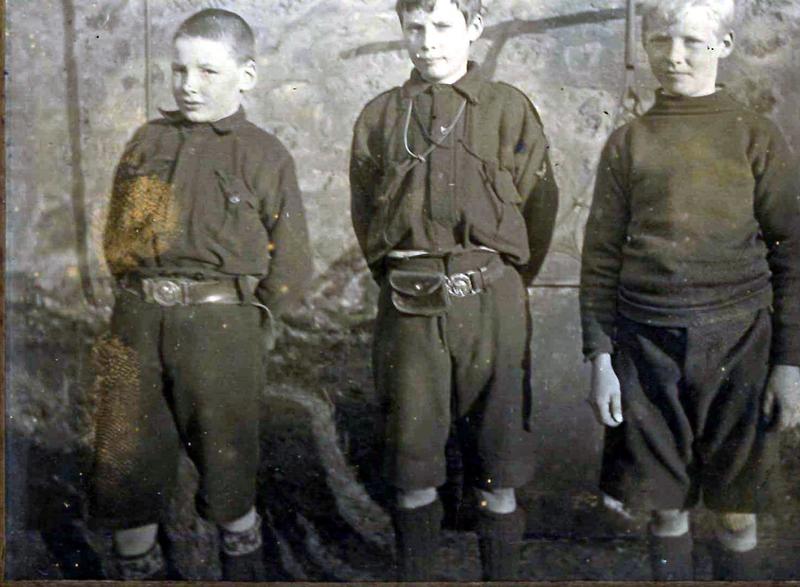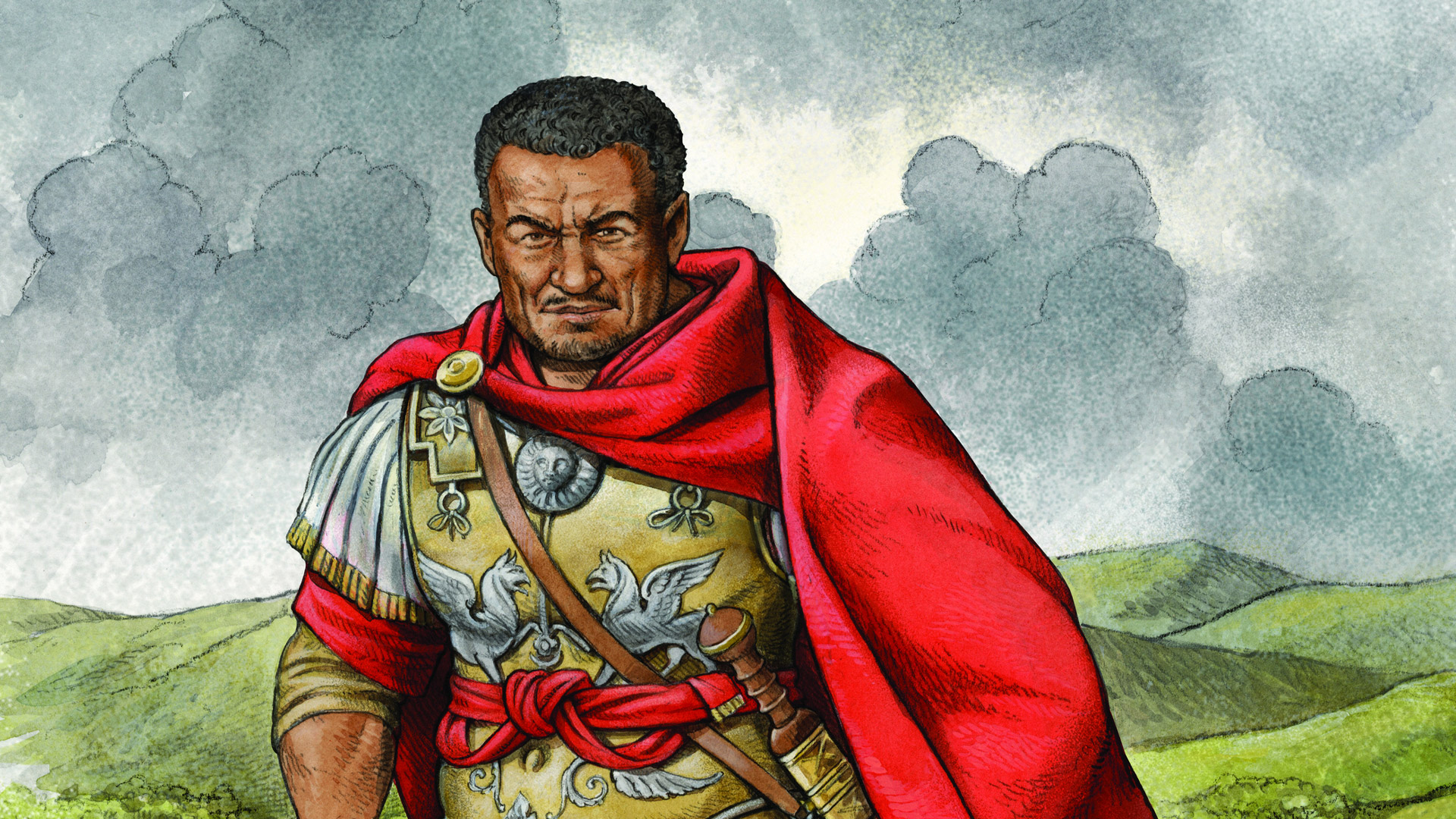John Logie Baird (1888 - 1946) was a Scottish inventor, engineer, and the “father of television.” But what were his connections to Falkirk? Read on to find out more…
Early Life
Baird was born in Helensburgh on the west coast of Scotland. He was the fourth child of the Reverend John Baird (formerly Minister of the West Church) from Camelon and Jessie Baird. As a child, he set up a telephone exchange to connect his bedroom to his friends’ rooms across the street. He first became interested in television in 1903 after he read a German book on the photoelectric properties of selenium.
Baird was educated at Larchfield Academy, then at the University of Strathclyde’s precursor, Glasgow and West of Scotland Technical College, and finally at the University of Glasgow. The First World War began around the time he graduated from college. He was considered unfit for the army due to chronic illness and served as superintendent engineer of the Clyde Valley Electrical Power Company instead. When the war ended, he started a small business manufacturing and marketing a water-absorbent sock!
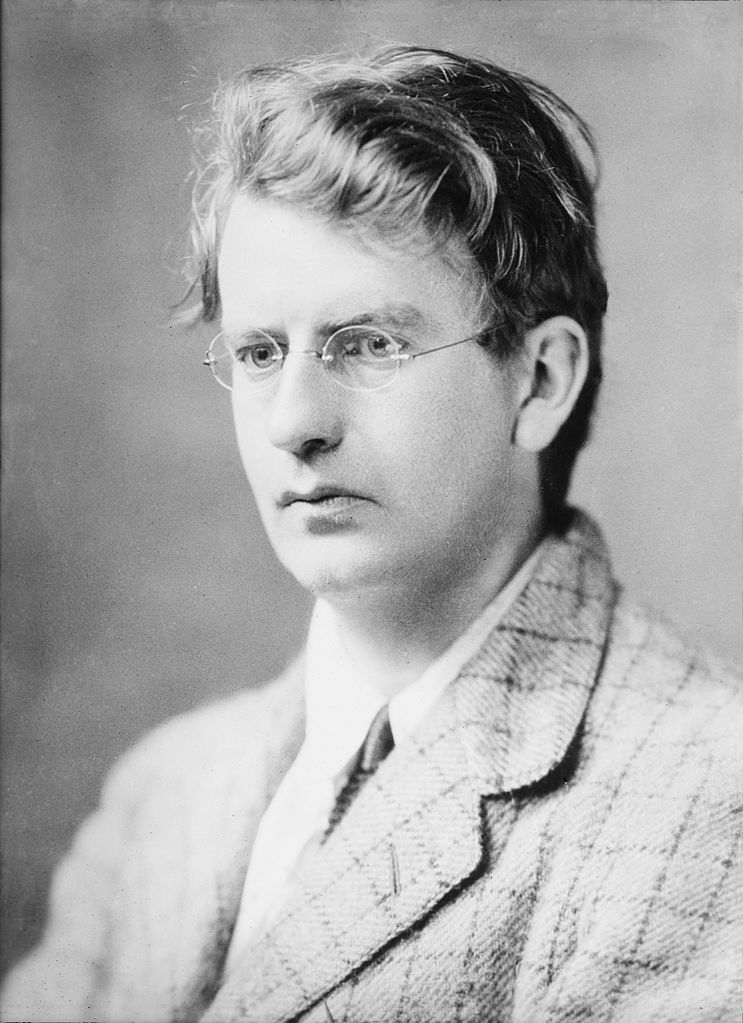

Trinidad
Baird sailed to Port of Spain, Trinidad, in November 1919. There, he set up a jam factory using local sugar and fruit. Unfortunately, insects ran off with the sugar and often landed in the hot vats of boiling preserve. Baird and a friend caught a giant locust in their bungalow once and kept it in a birdcage, feeding it on grass, whisky and soda!
Back in Britain
Baird returned to the UK in September 1920, and after working in business in London, he moved to Hastings, Sussex, and started to experiment with television. In 1924, he transmitted the image of a Maltese cross over the distance of 10 feet. Not all his experiments were successful though, some locals affectionately remember him as the man who accidentally blew up the town laboratory…
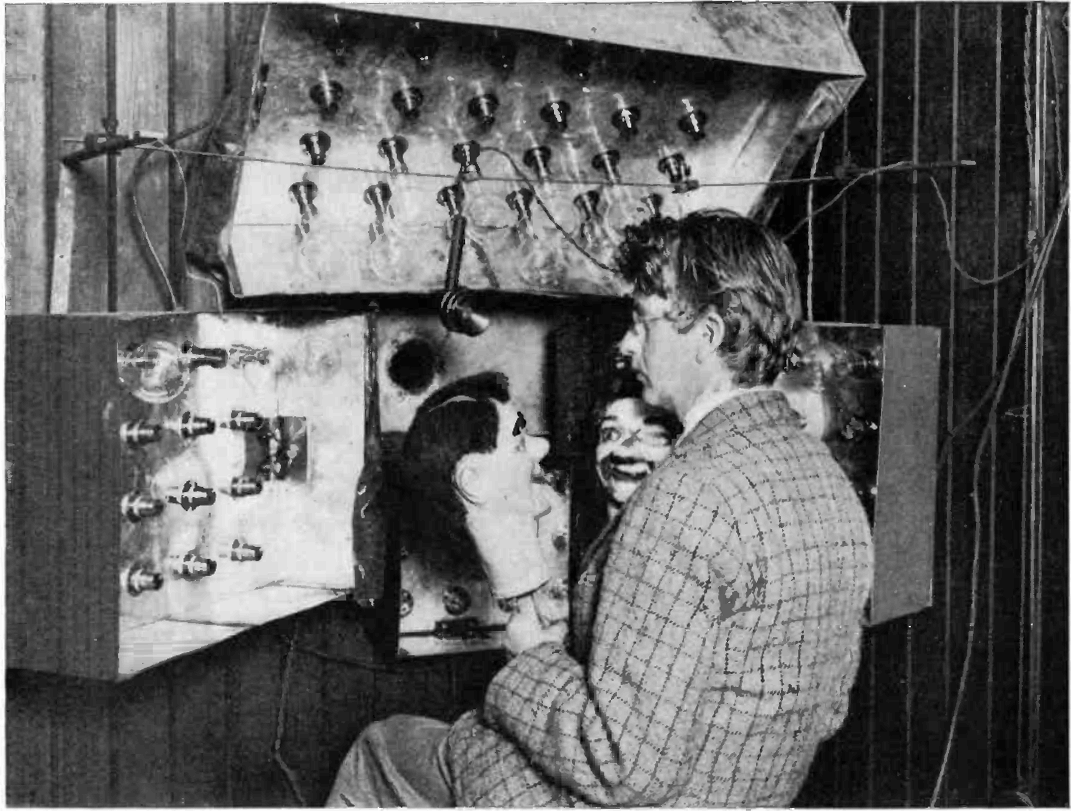

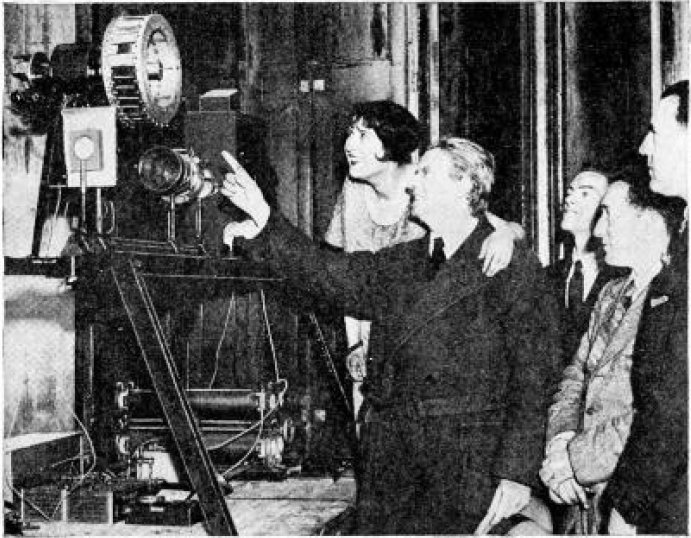

In Falkirk
Around this time, Baird spent his holidays visiting family in Camelon. He sometimes visited engineer John Hart, who owned a bicycle and radio shop in Falkirk, and borrowed parts (such as valves) from him for his inventions.
It is widely understood that Baird's first public demonstration of television (or a televisor, as it was then) was in 1925, in Selfridge's shop in London. Allegedly, the breakthrough came in October 1925 when Baird achieved television pictures with light and shade (“half-tones”), which made images much clearer than his earlier, blurry experiments (see below). He demonstrated these to invited members of the Royal Institution on the 26th of January 1926. The pictures measured only 3.5 x 2 inches.
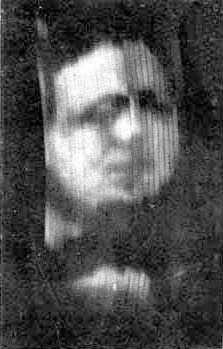

However, according to local Falkirk legend, Baird first demonstrated his televisor machine in 1925 at the Temperance Café in Falkirk. Here he transmitted an image of a wax dummy he had created called Snooky Bill (see image above) from one room into another in the café. But sceptics in the café claimed the image had already been set up in the second room and wanted to test it for themselves. One John Shaw, so the story goes, volunteered for his image to be transferred into the next room, which proved that the televisor worked. Shaw was a patternmaker in Larbert, and created a plaque to commemorate the occasion (see below). This plaque was never fixed to the café, however, and is now in Falkirk museums.
On the 5th of September 1925, Baird donated this televisor to Hart Radio Supplies, where it was displayed in the shop window until its worth was recognised more widely and it was donated to the local museum. According to the Callendar House archives team, the televisor is certainly an early one – but it has yet to be proven the world’s first.
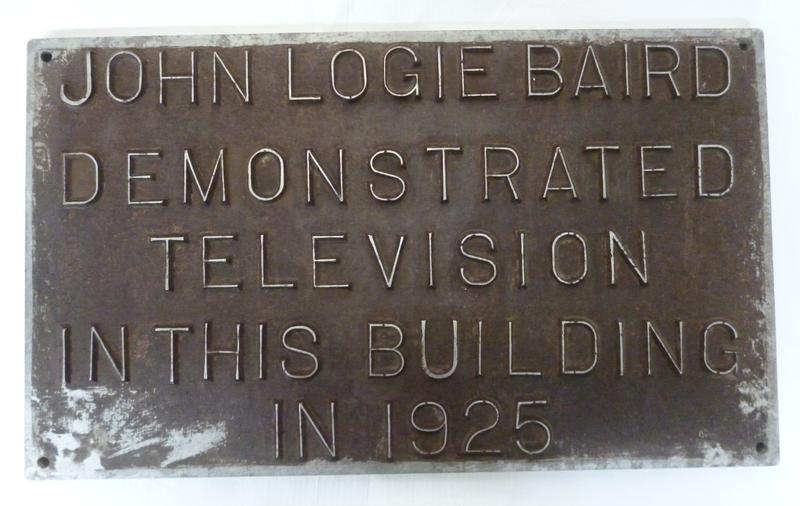

Advances in Television
In 1927, Baird’s television was demonstrated over 438 miles of telephone line between London and Glasgow, and he formed the Baird Television Development Company (BTDC). In 1928, the BTDC achieved the first transatlantic television transmission between London and New York via short-wave radio and the first transmission to a ship in mid-Atlantic. He also gave the first demonstration of both colour and stereoscopic television, which he called “phonovision.”
In 1929, the German post office gave him the facilities to develop an experimental television service based on his mechanical system, the only one operable at the time. Sound and vision were initially sent alternately, and only began to be transmitted simultaneously from 1930. That same year, 1929, the British Broadcasting Corporation (BBC) sent out experimental television transmissions and Baird paid them to transmit his images. Then in 1930, the BTDC created the world’s first mass produced television set – “The Televisor.” The BBC used this for the first public television service in 1932. In 1935, however, a BBC committee of inquiry held a side-by-side competition between the BTDC and rival company Marconi-EMI’s all-electronic television system, which worked on 405 lines to Baird's 240 televisor. Marconi-EMI won and became the BBC’s exclusive supplier - Baird's system was dropped in 1937. That year, the Royal Society of Edinburgh awarded Baird an Honorary Fellowship.
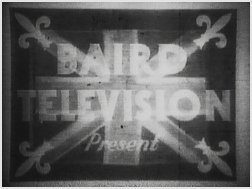

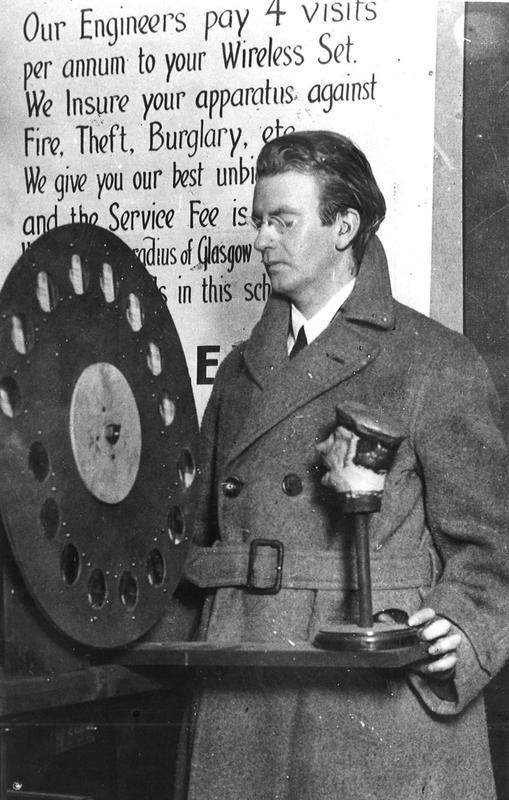

The Second World War
In the early 1930s, Baird married South African pianist Margaret Albu in New York and they had two children, Diana and Malcolm. According to Malcolm, his father patented a device that was remarkably similar to the radar during the First World War. Baird continued his research during the Second World War. Over his lifetime, his achievements included high-definition colour (see below) and 3D television, and a system for sending messages very rapidly as television images. He also experimented with video recording, fibre-optics, radio direction finding and infrared night viewing. Baird died at home in Bexhill-on-Sea on 14 June 1946, and was buried in Helensburgh.
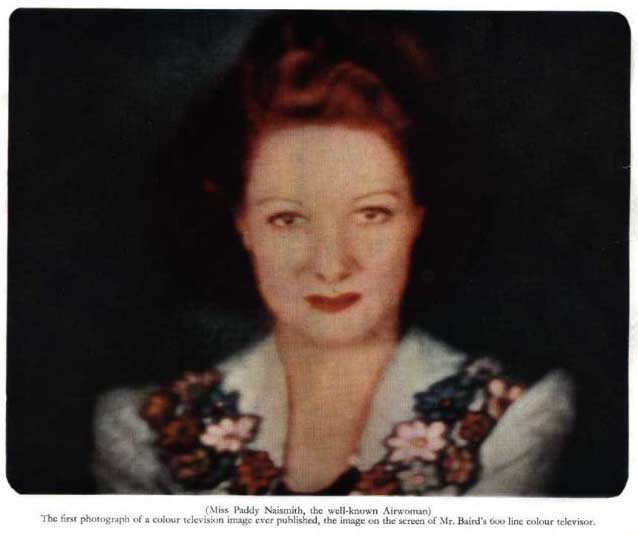

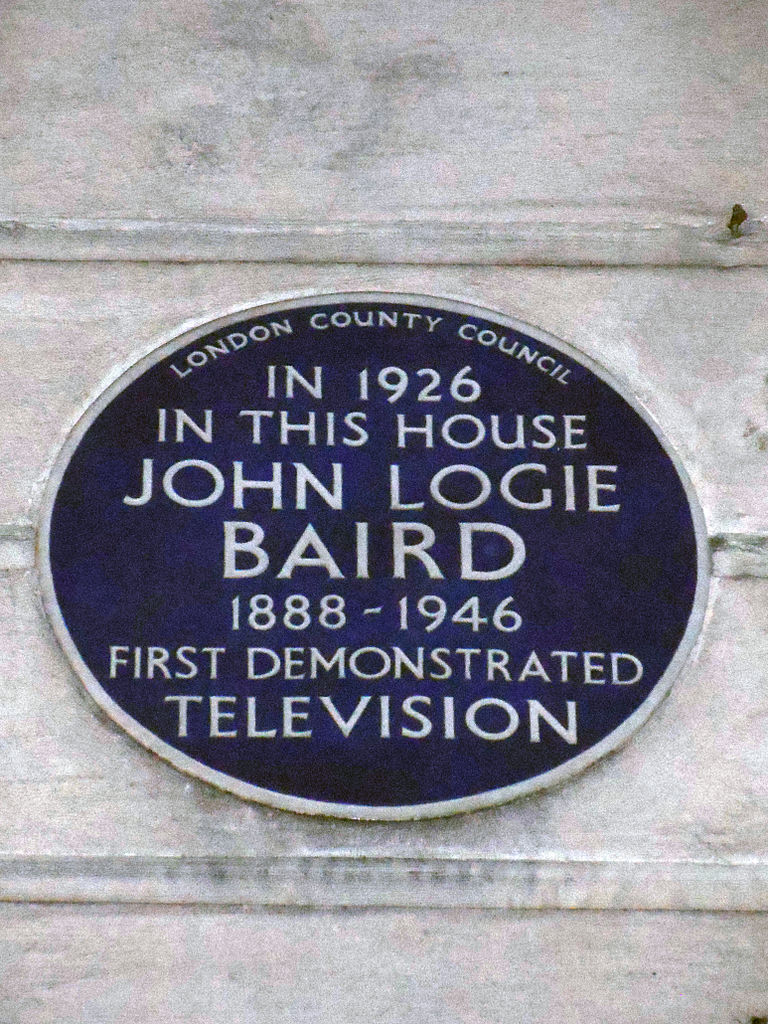

By Saskia McCracken, drawing on Geoff Bailey’s work. See below for further references.
